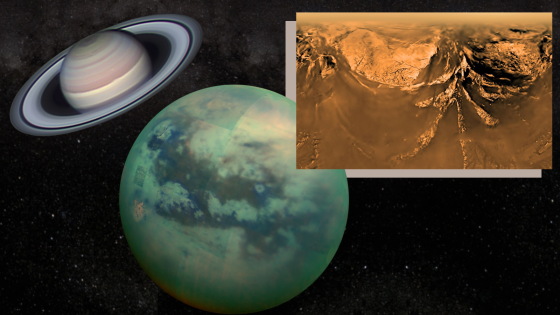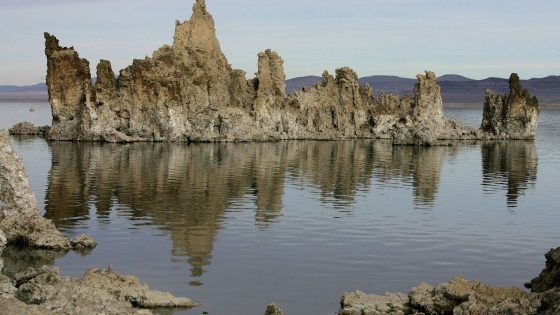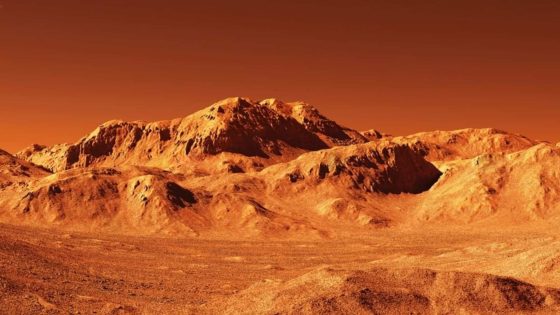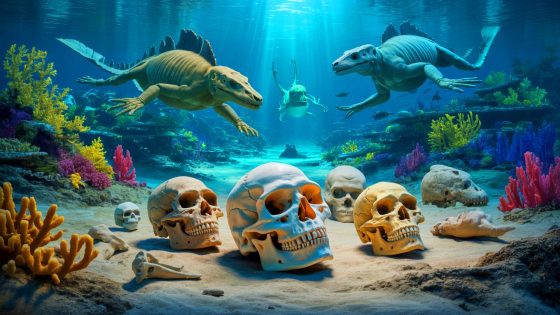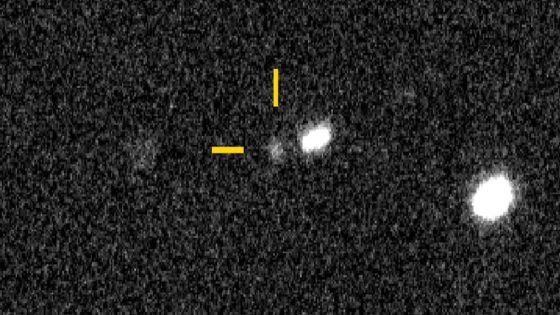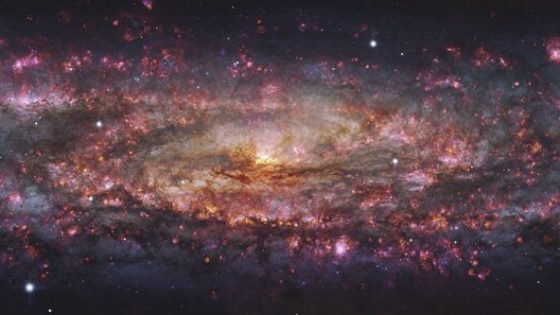NASA scientists have recently discovered that vesicles, essential for forming the precursors of living cells, could potentially arise in the lakes of Titan, Saturn’s largest moon. This groundbreaking research, published on July 10, 2025, suggests that Titan’s unique environment, filled with liquid hydrocarbons like ethane and methane, may facilitate the formation of these cell-like structures.
- Vesicles may form in Titan's lakes.
- Titan's seas contain liquid hydrocarbons, not water.
- Amphiphiles create vesicles under specific conditions.
- Methane plays a crucial role in Titan's chemistry.
- Dragonfly mission aims to explore Titan in 2028.
- Research published in the International Journal of Astrobiology.
While water is crucial for life on Earth, astrobiologists propose that Titan’s hydrocarbon-rich lakes could support the emergence of life, whether it mirrors our own or takes on a completely different form. The study opens exciting avenues for future exploration, particularly with NASA’s upcoming Dragonfly mission.
This discovery raises intriguing questions about the nature of life beyond Earth. How might vesicles evolve in such a drastically different environment? Understanding this could reshape our search for extraterrestrial life.
- Vesicles could demonstrate increased complexity, a key factor for life’s origin.
- Amphiphiles may self-organize in Titan’s lakes, forming protocell-like structures.
- The Dragonfly mission will further investigate Titan’s prebiotic chemistry.
As we prepare for the Dragonfly mission, the possibility of uncovering life’s building blocks on Titan invites US to rethink our understanding of life’s emergence across the universe.



